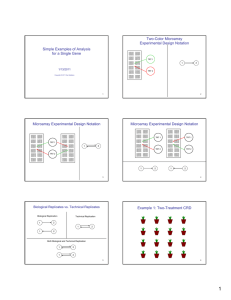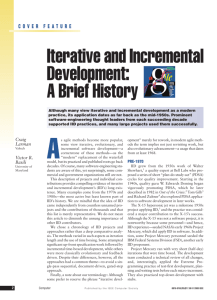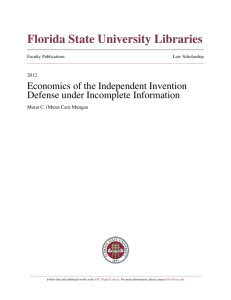The Effects of Mandatory Sentencing on Wisconsin Drunk Driving
advertisement
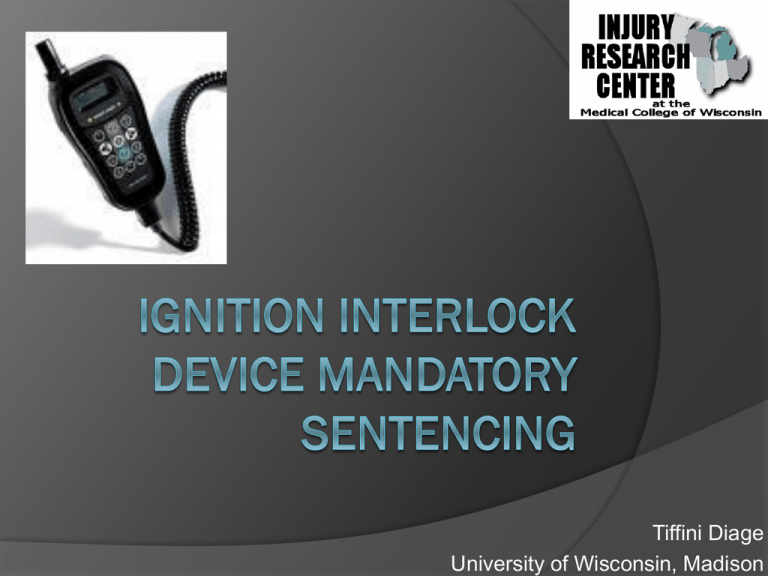
Tiffini Diage University of Wisconsin, Madison Objective Ignition Interlock Device (IID) sentencing, impact on Wisconsin motor vehicle crashes? IID locks out vehicle ignition ○ Breath sample >0.02% BAC ○ Rolling re-test required WI Alcohol Related MVC’s, 2007 17,847 people involved Injuries - 4,190 Hospitalizations - 991 ED visits - 3199 Deaths - 331 50% were sober victims *CODES Data provided by Wayne Bigelow; Center for Health Systems Research and Analysis, University of Wisconsin – Madison Proposed Wisconsin OWI Law Mandatory IID Sentencing Requirements All repeat offenders (2nd offense or more) All 1st time offenders with BAC > 0.15 Offender pays $1,200 / device / year Methods Literature review – current evidence Experience from other states Impact analysis using Wisconsin data Databases Reviewed, 2007 FARS DUI Related Crashes Drivers w/ Prior DUI WI DOT 2007 DUI Convictions 1st offense 2007 DUI Convictions 2nd or repeat offense FARS = Fatal Accident Reporting System WI DOT = Wisconsin Department of Transportation Results Literature evidence IID’s lower recidivism while device is installed (Risk Ratio 0.05 – 0.33) Long-term effectiveness, uncertain Experience from other states New Mexico ○ 85% reduction in recidivism ○ 25% reduction in alcohol related crashes California ○ Increase in non-alcohol related crashes with IID users compared on non-IID users Wisconsin Data, 2007 FARS – 142 fatal crashes 30 with prior DUI’s (21%) 27 were 1st offense, 3 were 2nd offense CODES – 4,190 injuries No information on priors or BAC WI DOT - 40,260 DUI convictions 23,689 1st offenders (58%) 16,571 2nd – 13th repeat offense (42%) Findings Impact of IID law on WI public health? Interaction with few fatal cases from 2007 Large potential impact on repeat offenders Low “in use” recidivism Decrease drunk driving exposure Reduction in risk of alcohol related crashes Forward evaluation: IID data fields in CODES and FARS Discussion/Considerations Political motivation vs. evidence based intervention Ideology of policy based intervention? Punitive measure vs. prevention/treatment Could IID compliment treatment approach? Proper evaluation is required for public health assessment Effectiveness, unintended consequences Data communication – i.e. sentencing, manufacturer, law enforcement IID Data Motor Vehicle Crash Data Acknowledgements Timothy E. Corden, MD Steven Hargarten, MD Injury Research Center staff Sergeant William Brown, Milwaukee Co. Sheriffs OWI Task Force Leader WI Department of Transportation staff Wayne Bigelow; Center for Health Systems Research and Analysis, University of Wisconsin – Madison
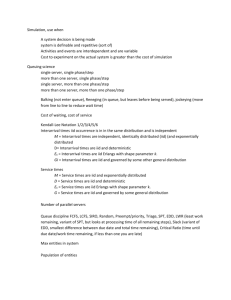

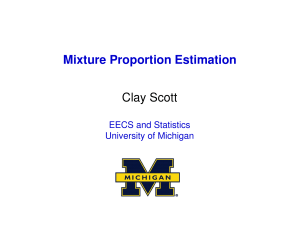
![[Company Name] Certificate of Completion](http://s2.studylib.net/store/data/005402466_1-8a11f4ced01fd5876feee99f8d8e6494-300x300.png)





